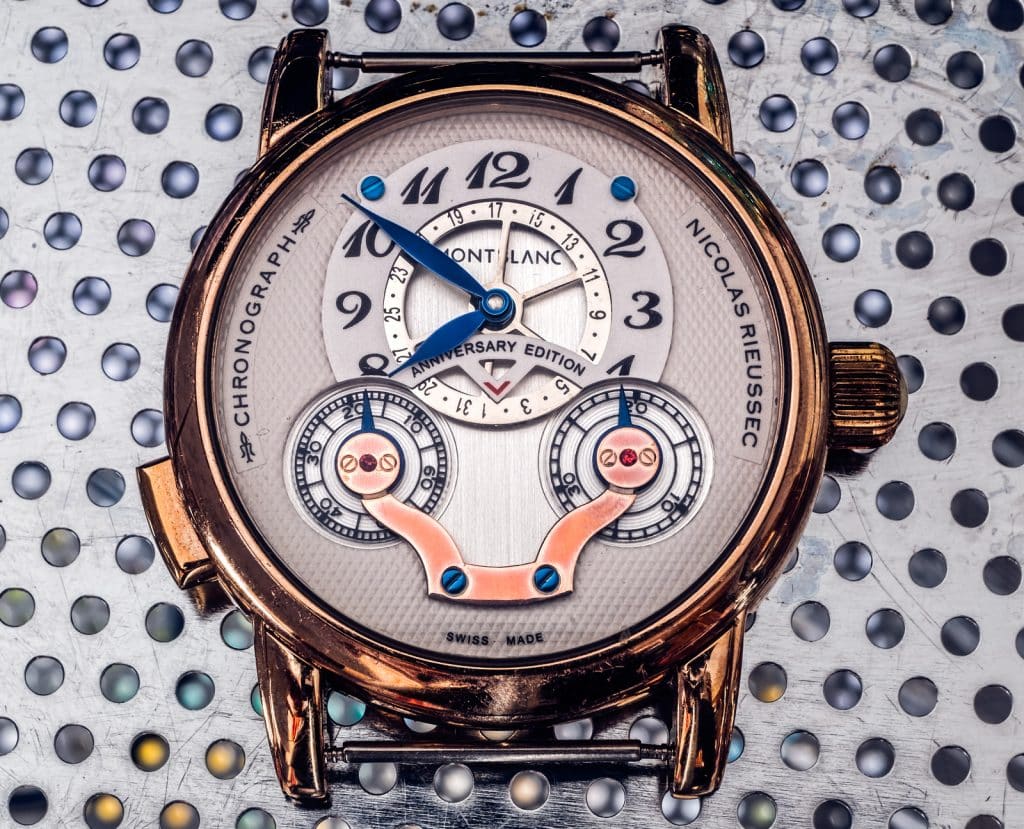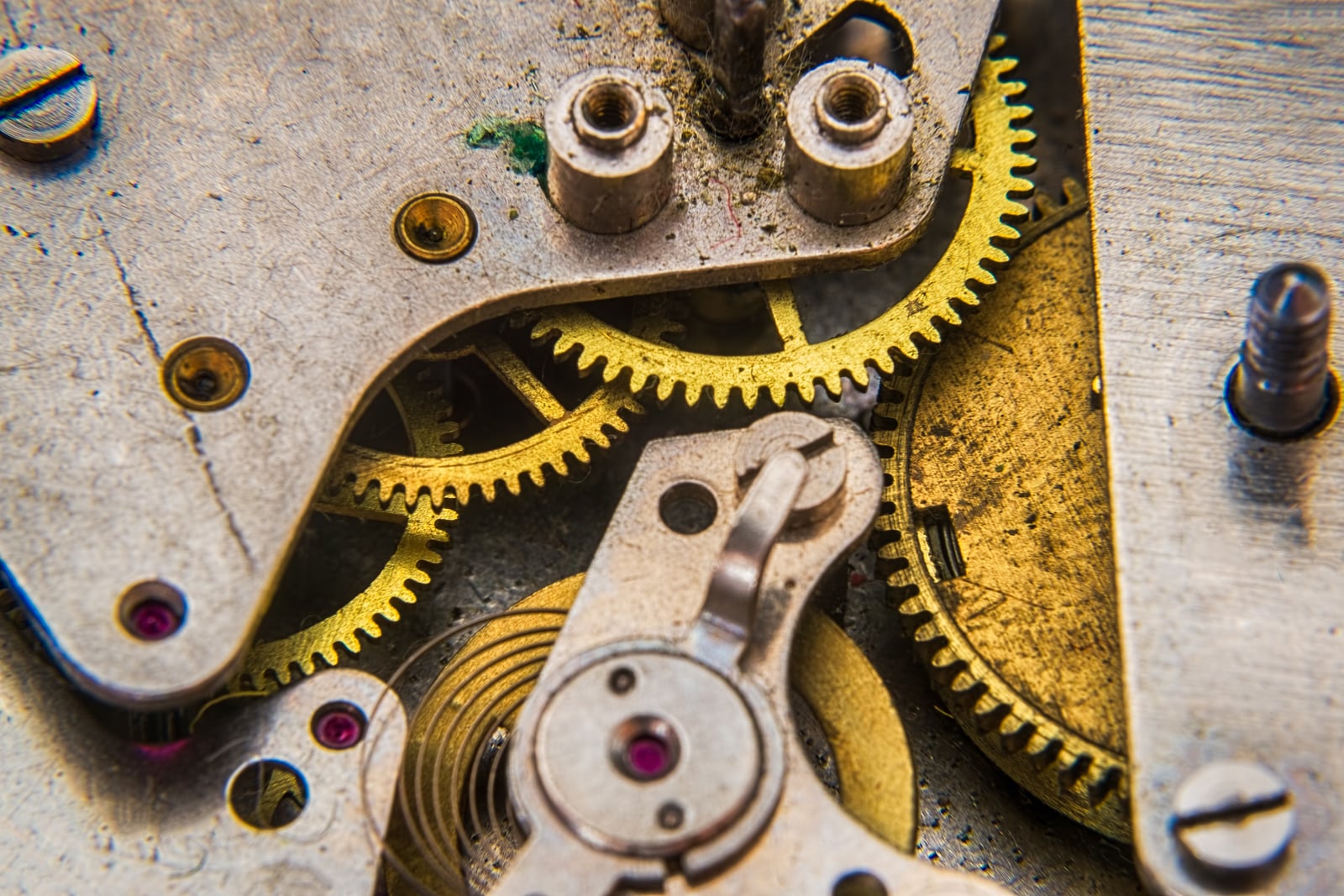A lot of things go into defining a vintage item. Some of them are pretty easy to determine, such as:
- The History. What made these pieces collectable? Was it because of its story, or because of its beauty? If it was a timepiece, what country, people, or events was it used in? These are just a few of the many questions that collectors want answers for. Yes, this can often lead to the quest for an antique watch, but it can also start a hobby for vintage watch collectors.
- The Condition. A watch is considered vintage if it was produced in the past fifty years up to less than a hundred, and if it has a lot of complicated parts. Additionally, most manufactures of vintage watches required that these pieces be encased in special cases that protect them from moisture, shock, or magnetic forces. Many vintage watches are encased in museum-quality cases that manage to showcase their intricate craftsmanship, just like what you can find in some stores offering vintage watch collection for sale.

- The Serial Number. Most manufacturers start the serial number of their product with a number prefixed, such as ‘Y’, ‘X’, ‘O’, etc. However, some watchmakers do not use the serial number at all. The serial number is what identifies a particular watch and gives collectors a way to tell a watch apart from others. Still, if you find a vintage watches with serial numbers notated, check the year, manufacturer, and serial number for accuracy.
- On The Case. Some vintage watches come with a leather or cloth case, but others do not. When buying an antique watch, check to see if it came with a case, because in this case the serial number does not appear on the back. You can also check the case for scratches or signs of wear. Watchmakers sometimes add dings and dents to cases to make them more attractive to potential buyers. If you find a case with a serial number that is completely missing, the watch may be a fake.

- The Provenance. Genuine vintage watches will bear the provenance of the maker or company that created them. The provenance is the story of how the watch came into the hands of its owners, which may be both a private collector and a watch dealer. Many established watch brands provide documentation that describes the provenance, and these are often posted on the band’s website as well as in collector magazine subscriptions.
The things mentioned above are just some of the things you have to look for to identify whether the watch you’re looking at is truly a vintage piece or a mere replica.





